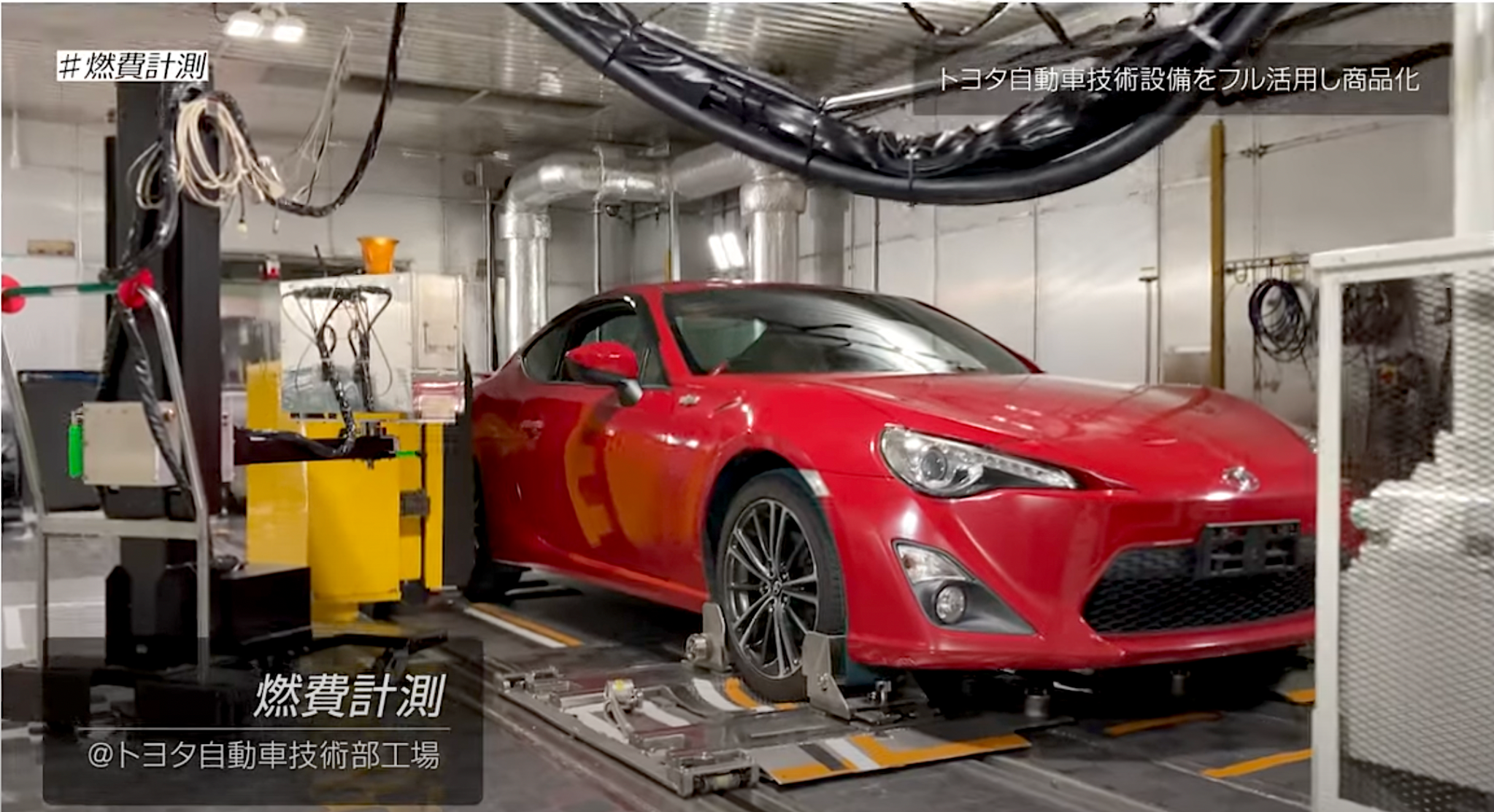

Forecasting what will be a future classic in the enthusiast car realm is an everyday activity. However, Toyota might be the quickest to address it—the Aichi brand now offers what it dubs the “86 Re: PROJECT” for the 2012-2021 ZN6 86.

Though, this isn’t like what we’ve seen in recent years with Mazda and Nissan, where hard-to-obtain or discontinued parts are returning to the production line for aficionados to create factory-fresh restos. This is more like a hearty tune-up for the Japanese market.
Because, c’mon, the ZN6 is barely 11 years at its oldest at this point. It’s a modern Toyota slash Subaru—you’ll be able to pick up most of its components from your local O’Reilly’s for at least another 30 years.
Hyperbole aside, a key reason for this, as brilliantly explained by JapaneseNostalgicCar.com, is Japan’s strict inspections. These might fail a not-very-old example if it had some torn bushings, exhibited signs of carbon buildup, a lacking ignition system, and so on. This is generally unheard of in the U.S. (for better or worse) but other countries do similar stuff, like MOT in the United Kingdom and TÜV in Germany.

The video gives us a glimpse at what Toyota technicians do to bring customers’ 86s back to top health. It looks like carbon cleaning and some form of engine flush are used, as well as before and after test drives. The video description also touches on bushing health, but unfortunately, there are no English subtitles to get a more thorough picture. It also appears they don’t do a few loops around a skidpad—the ultimate way to evaluate these beloved RWD sports cars—but it all looks quite thorough nonetheless.
This program highlights the differences in car maintenance and ownership between Japan and the U.S. According to Statista.com, drivers in Japan on average traveled just 6,730 kilometers (4,181 miles) in 2022, which is less than most modern vehicles’ oil service. They travel fewer miles than us, yet their cars seem to be in immensely better shape. And, we all know their public transportation is next-level.
Perhaps some of that carbon wouldn’t need cleaning up if drivers in Japan clocked as many miles as us, which is over three times more.
Got a tip? Send it in to tips@thedrive.com